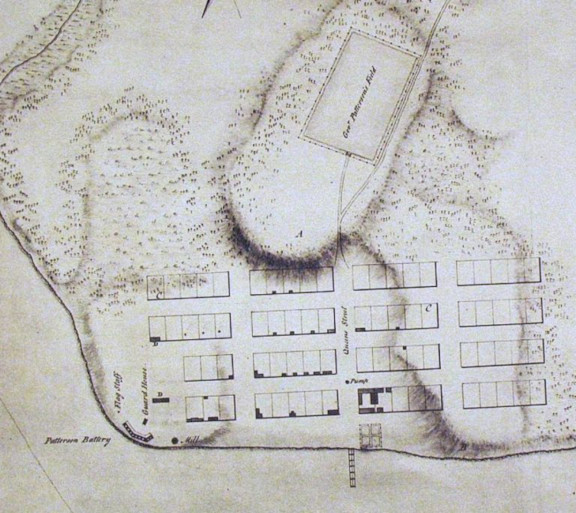More in this section
Early decision-makers: the Governor's council
Empowered to appoint a Council of 12 advisors to assist him, Governor Patterson settled for seven since he could not find enough “suitable citizens.” They helped him devise the Island’s necessary policies and regulations in 1770-1773, but this arrangement lacked an elected Assembly of the sort required by British law and Patterson’s original mandate (not to mention the fact that an Assembly’s taxation powers might eventually help eliminate any need for British financial support). Advised by his superiors that he needed an elected Assembly to pass proper legislation, Patterson reluctantly worked to create one, though he was vocally skeptical as to whether a colony “so backward” could produce worthy candidates. He set the Assembly’s membership at a slim 18, having coincidentally found only 18 people he regarded as potentially “respectable representatives.”

The Governor’s advisory Council doubled as the unelected “upper house” of the Island’s legislature – basically the equivalent of our current federal Senate – making the early legislature a two-house or bicameral institution with the elected Assembly serving as the lower house, an arrangement that lasted for over a century.